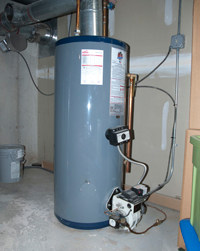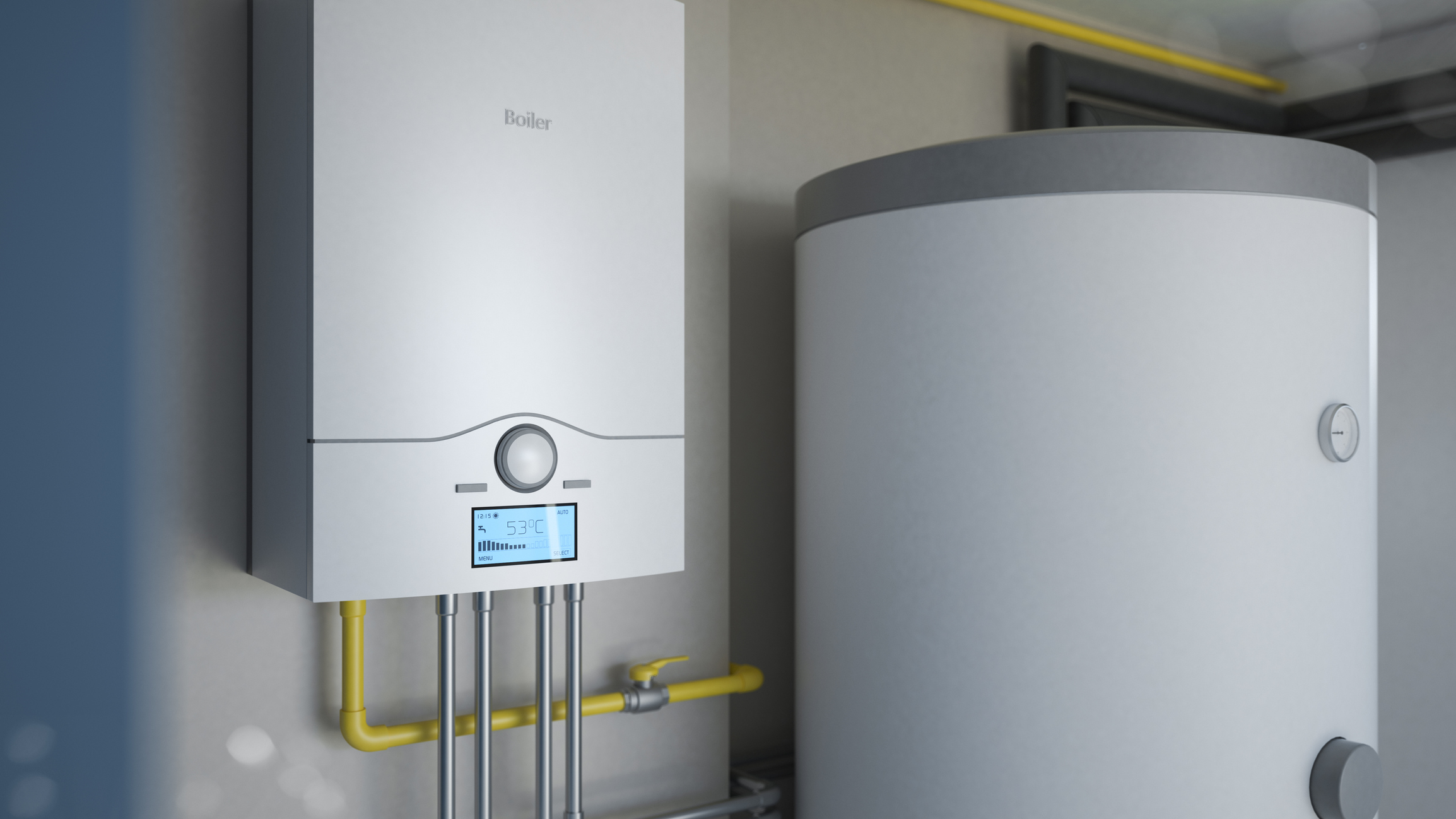Easy Guide to Maintaining Your Home's Hot Water System
Easy Guide to Maintaining Your Home's Hot Water System
Blog Article
Do you find yourself hunting for know-how involving How to Maintain a Hot Water Heater in a Few Simple Steps?

Hot water is important for everyday convenience, whether it's for a revitalizing shower or washing meals. To guarantee your warm water system runs efficiently and lasts longer, regular maintenance is key. This short article supplies functional ideas and understandings on just how to keep your home's hot water system to avoid interruptions and costly repair work.
Introduction
Preserving your home's warm water system could appear overwhelming, yet with a couple of straightforward actions, you can ensure it operates smoothly for years to come. This guide covers whatever from comprehending your hot water system to DIY maintenance suggestions and knowing when to call in specialist aid.
Relevance of Keeping Your Warm Water System
Normal upkeep not only extends the life expectancy of your hot water system but also ensures it operates successfully. Disregarding upkeep can result in reduced efficiency, higher energy expenses, and also premature failure of the system.
Indicators Your Warm Water System Demands Maintenance
Recognizing when your warm water system requires interest can avoid major issues. Look out for indicators such as irregular water temperature level, unusual noises from the heating system, or corroded water.
Purging the Water Heater
Flushing your water heater gets rid of sediment buildup, improving effectiveness and extending its life.
Checking and Changing Anode Rods
Anode rods prevent deterioration inside the container. Checking and replacing them when broken is essential.
Complex Concerns Requiring Professional Aid
Examples include significant leakages, electric issues, or if your water heater is continually underperforming.
Regular Professional Upkeep Perks
Professional upkeep can include thorough examinations, tune-ups, and guaranteeing conformity with security criteria.
Inspecting and Readjusting Temperature Settings
Readjusting the temperature setups ensures optimum performance and safety and security.
DIY Tips for Upkeep
You can carry out numerous maintenance jobs yourself to maintain your warm water system in top problem.
Checking for Leakages
Routinely evaluate pipes and links for leaks, as these can result in water damages and higher expenses.
Understanding Your Warm Water System
Prior to diving into upkeep tasks, it's useful to comprehend the standard components of your warm water system. Commonly, this consists of the water heater itself, pipelines, anode rods, and temperature level controls.
Monthly Maintenance Tasks
Routine monthly checks can aid capture small issues before they rise.
Checking Pressure Alleviation Valves
Testing the stress relief valve guarantees it functions properly and prevents too much pressure build-up.
Insulating Pipes
Shielding hot water pipelines decreases warmth loss and can save power.
When to Call an Expert
While do it yourself maintenance is useful, some problems call for specialist experience.
Conclusion
Routine upkeep of your home's warm water system is crucial for efficiency, durability, and expense financial savings. By adhering to these tips and knowing when to seek expert assistance, you can make certain a dependable supply of hot water without unexpected interruptions.
Water Heater Maintenance Tips
Test the TPR Valve
Shut off the power and the cold-water supply valve. Place a bucket under the pipe connected to the temperature-pressure-release (TPR) valve on the top or side of the tank. (This valve opens if the tank pressure gets too high.) Lift the valve’s tab to let some water out, then let go. If water keeps flowing, drain the tank partway, unscrew the old valve with a pipe wrench, and install a new one. Check the Anode Rod
Put a hose to the tank’s drain cock and let out a few gallons of water. Now fit a 1 1/16-inch socket onto the rod’s hex head on top of the heater (or under its top plate) and unscrew the rod. If it’s less than ½ inch thick or coated with calcium, buy a new one, wrap its threads with Teflon tape, put it back in the tank, and tighten securely. Use this segmented rod if headroom above the tank is limited. Drain the Tank and Wash Out Sediment
Drain the remaining water in the tank into the bucket, then stir up the sediment on the tank’s bottom by briefly opening the cold-water supply valve. Drain and repeat until clean water comes out of the hose. Close the drain cock, refill the tank, and turn its power back on. Adjust the Temperature
Find the temperature dial on the side of the tank and unscrew its cover. Adjust the dial to 120 degrees using a flathead screwdriver. For every 10 degrees the temperature is lowered, you can expect to save up to 5 percent in energy costs. Turn the water heater off or the thermostat down to its lowest setting if you plan to be away from home for more than three days. Insulate the Pipes
Buy some self-sticking 3/8-inch-thick foam pipe insulation that matches the pipes’ diameter. Slide the foam over the hot-and cold-water pipes as far as you can reach. Insulating the cold-water pipe prevents condensation in summer. Peel the tape and squeeze the insulation closed. If the pipe is 6 inches or less from the flue, cover it with 1-inch-thick unfaced fiberglass pipe wrap. https://www.thisoldhouse.com/plumbing/21016402/how-to-maintain-a-water-heater

As a devoted reader on How to Maintain Your Water Heater & Prolong its Life, I figured sharing that excerpt was worth the trouble. Sharing is good. You won't know, you could be helping someone out. We take joy in reading our article about Tips on Maintaining a Water Heater.
Call Today Report this page